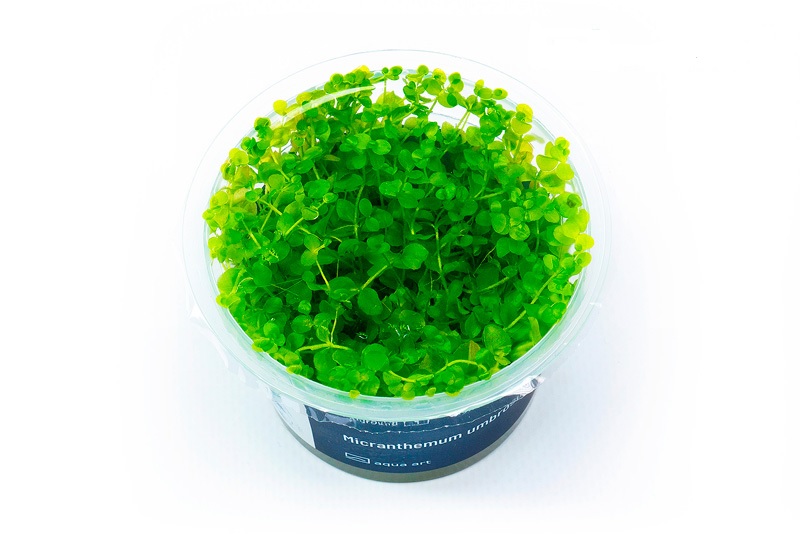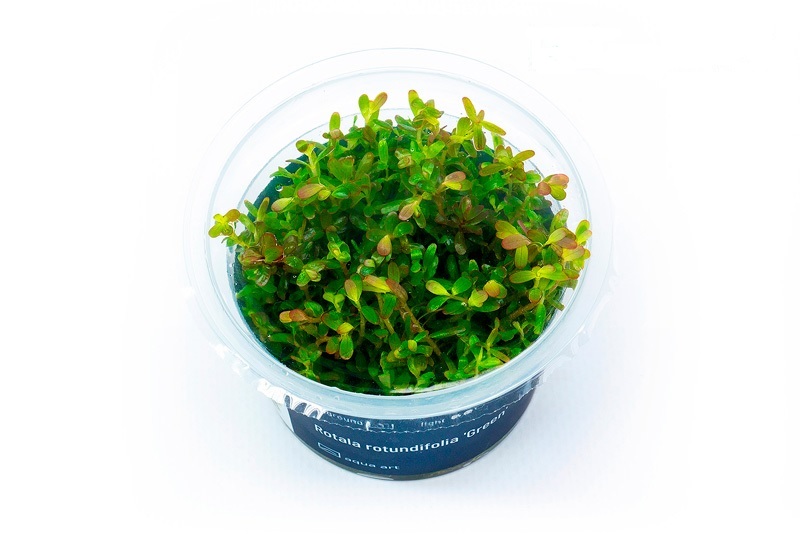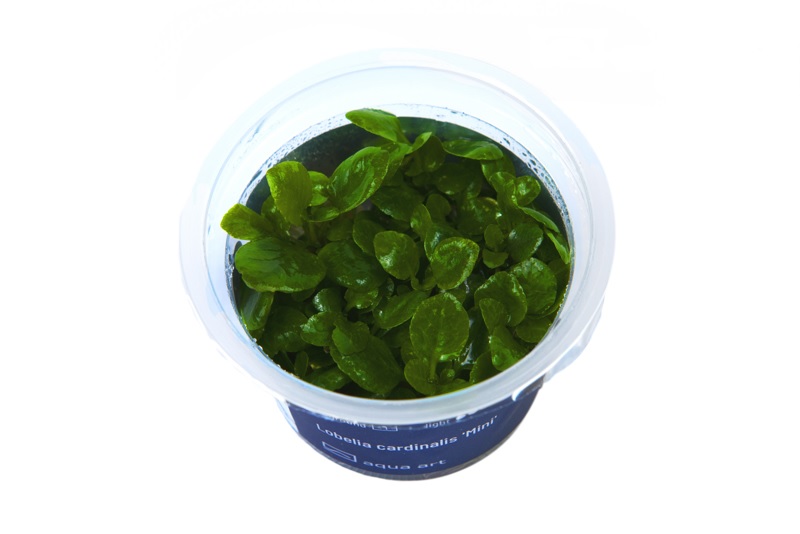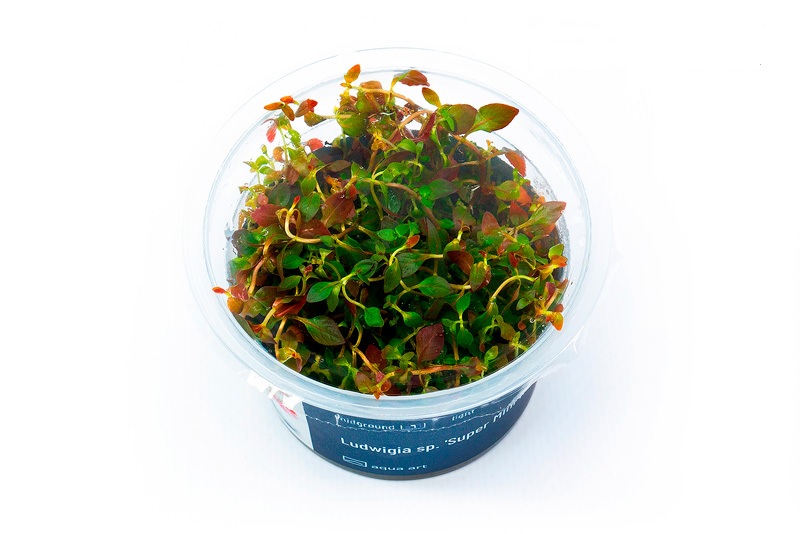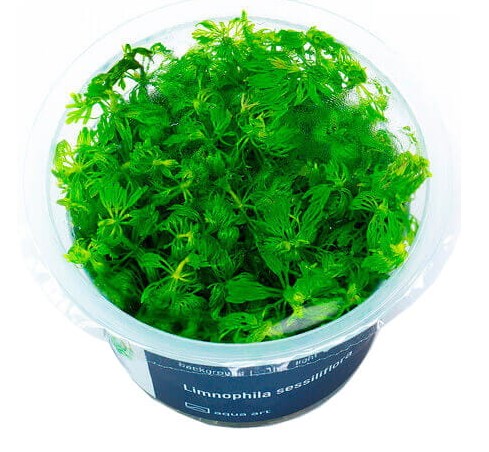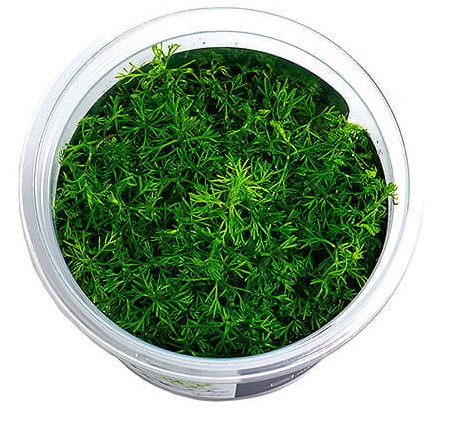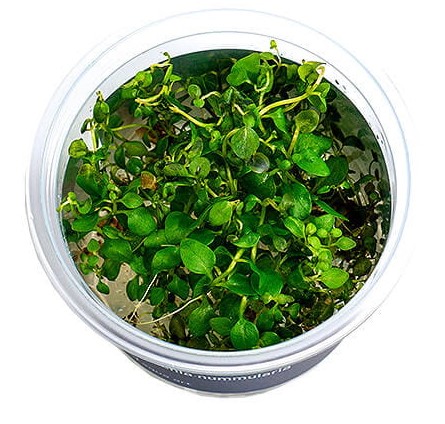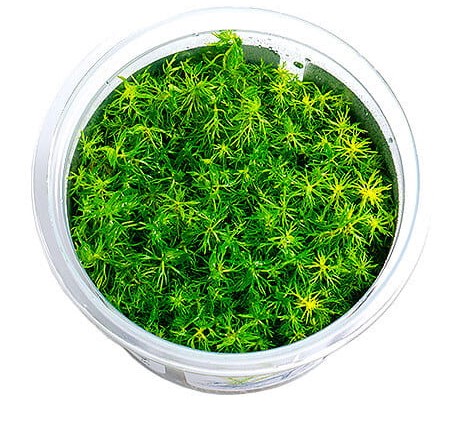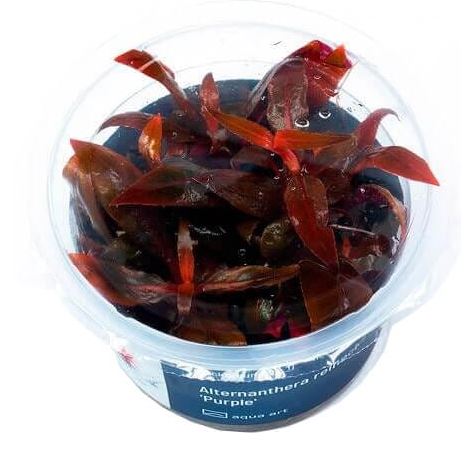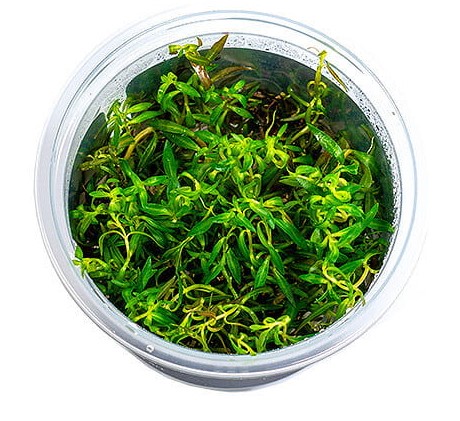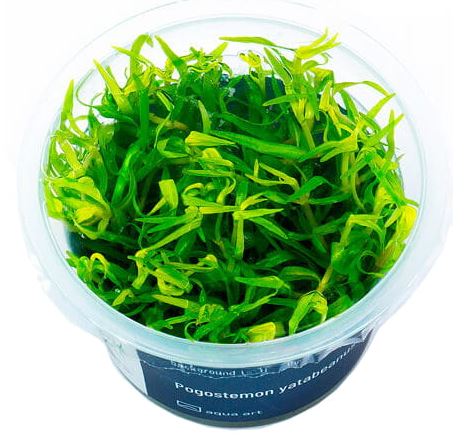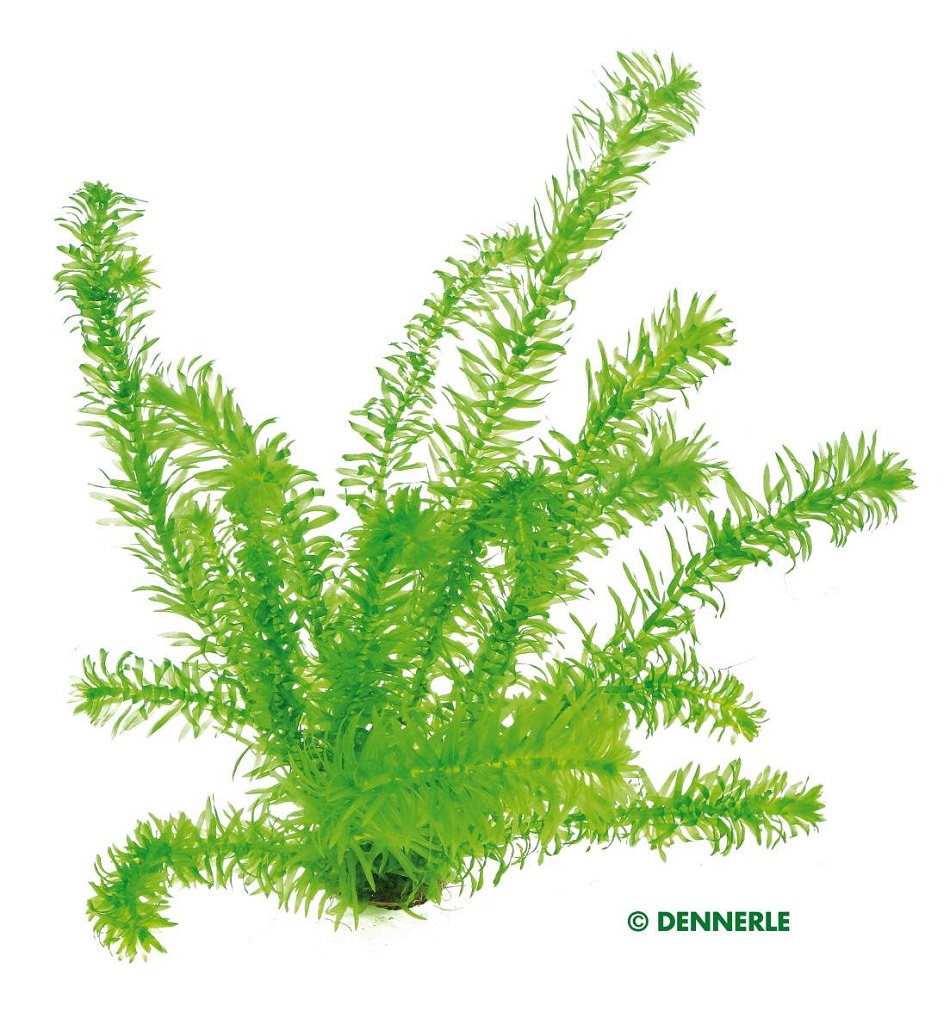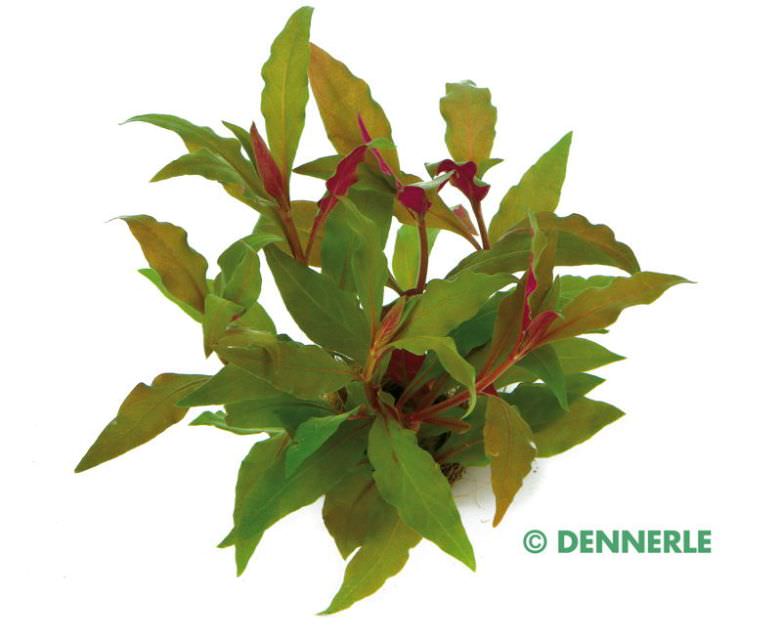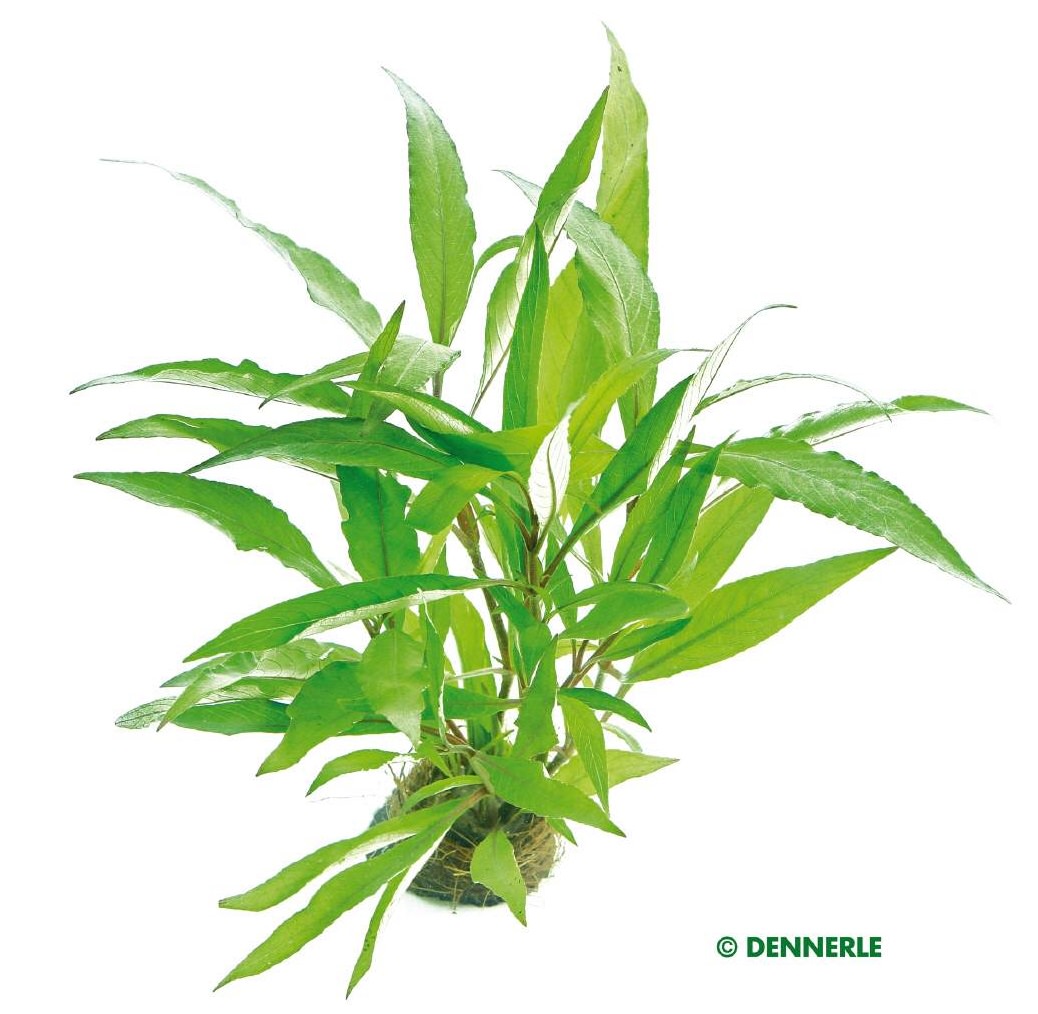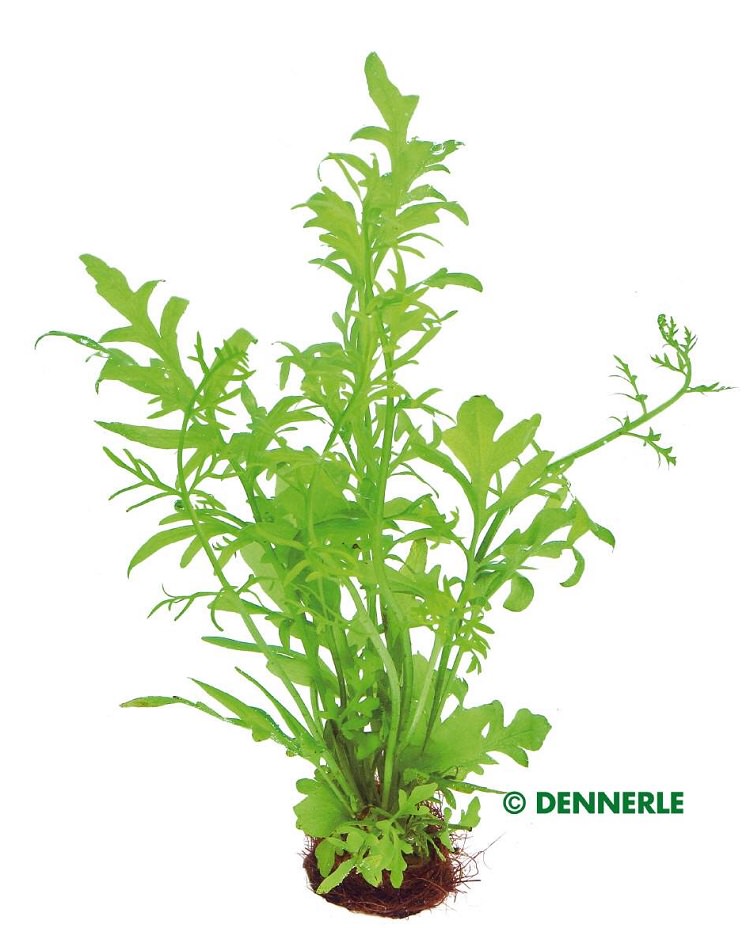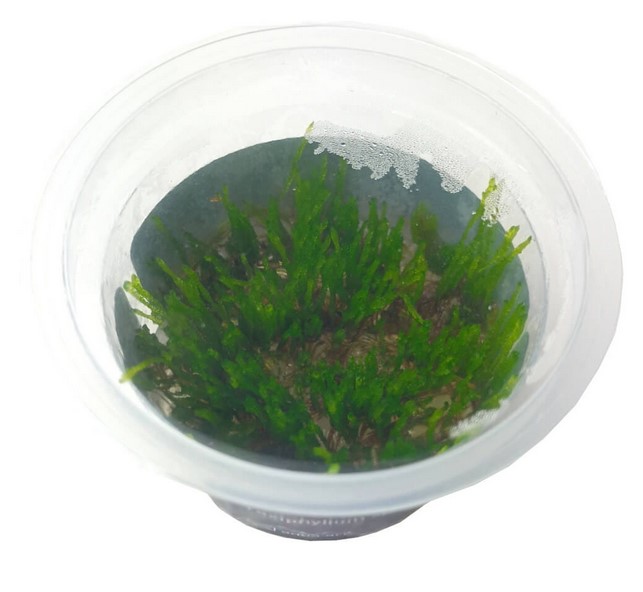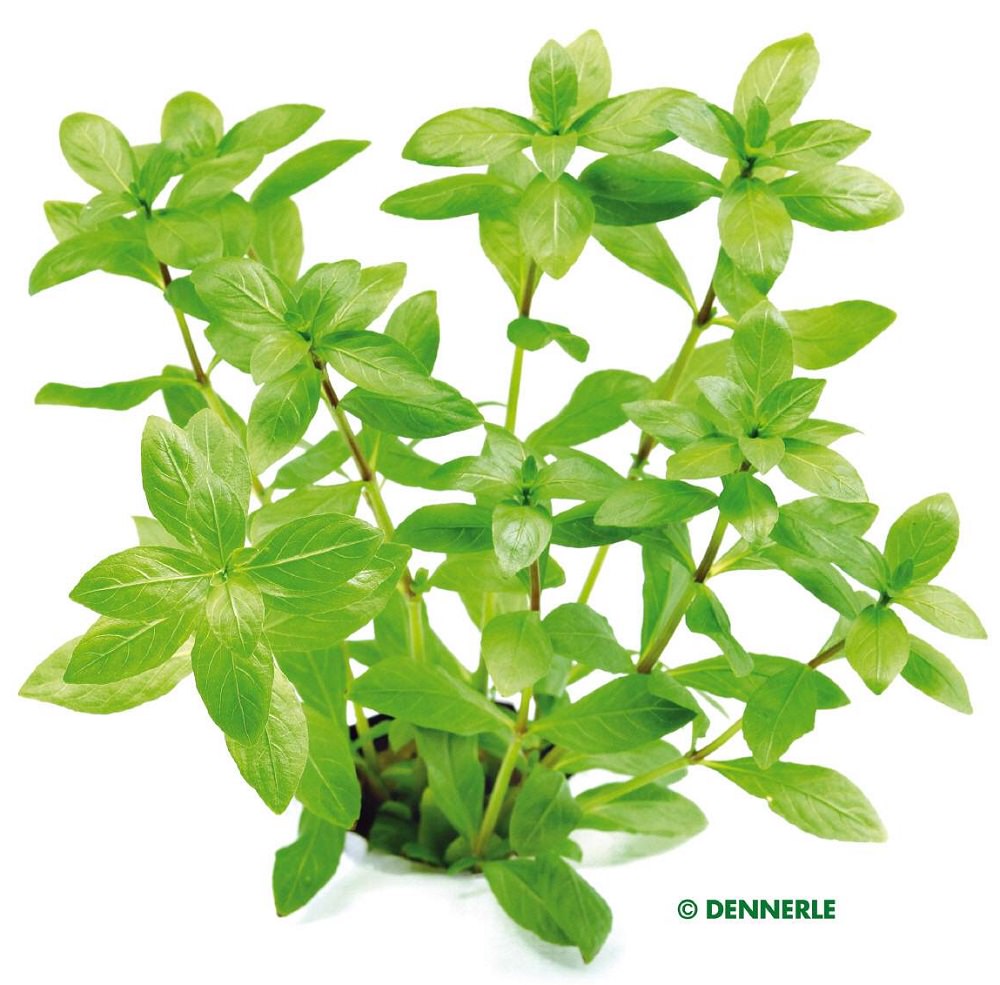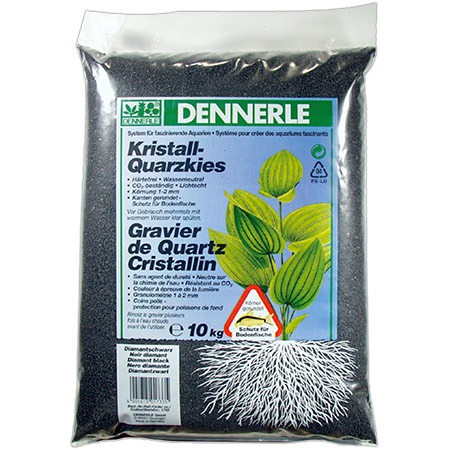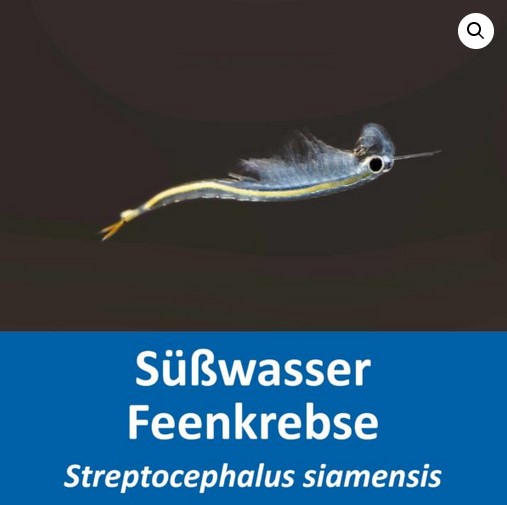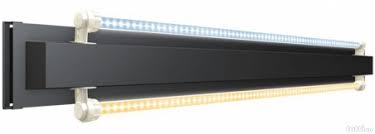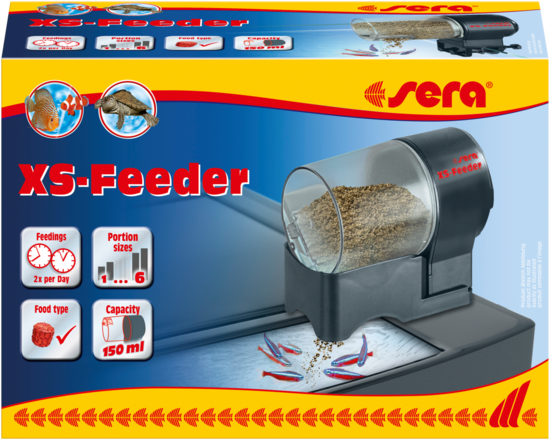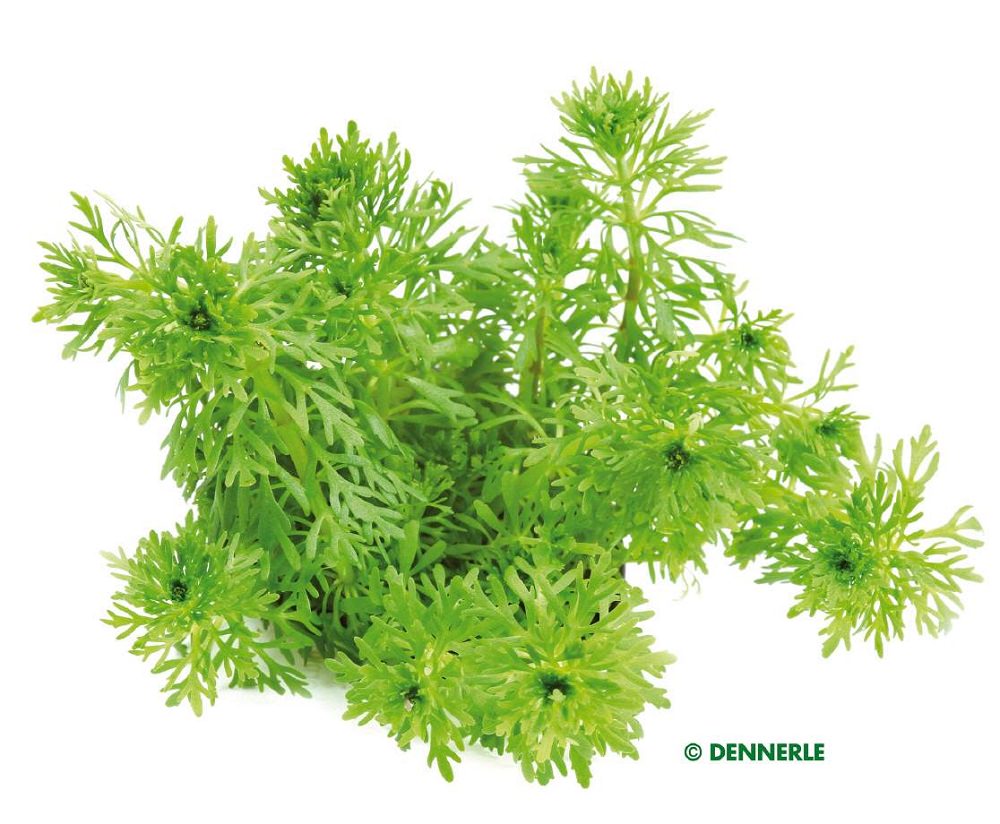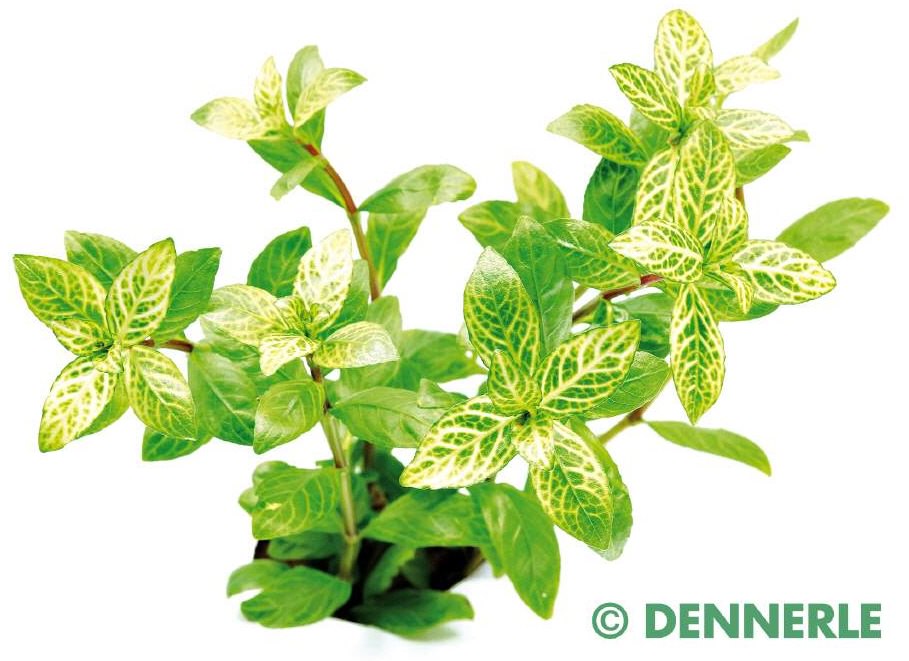

| Quantity | Unit price |
|---|---|
| To 2 |
CHF8.90
|
| From 3 |
CHF7.90
|
Stock: 0
Available in 1-3 days, acquisition time 14 days

Hygrophila polysperma Sunset - Indischer Wasserfreund
| max. Wuchshöhe | - 30 cm | Herkunftsland | Zuchtform |
|---|---|---|---|
| Eignung | Gesellschaftsaquarien und NanoCubes | Typ | Stängelpflanze |
| Familie | Acanthaceae | Gattung | Hygrophila |
| Vermehrung | Kopfstecklinge, Seitentriebe | Wuchsgeschwindigkeit | schnell |
| pH | 5 - 8 | Wasserhärte | 10 - 20 °dh |
| Hinweise | Pflegeleicht und anspruchslos. | ||
Die Sorte ´Sunset´ ist eine schöne Zuchtform für den Mittel- bis Hintergrund. Emers kultiviert sind ihre Blätter sehr auffällig mit weissgelblicher Nervatur, unter Wasser zeigt die Pflanze dann ihre gesamte Farbenpracht von hellrosa bis tiefrosarot. Wie die normale H. polysperma ist auch diese Sorte pflegeleicht und anspruchslos. Die meisten anderen gefärbten Stängelpflanzen sind da etwas schwieriger. Eine gute Eisendüngung fördert zusätzlich die Farbintensität der Triebspitzen. Die Blätter der Hygrophila polysperma sind mit 4 cm kleiner als bei der Stammform und daher auch gut für Nano Cubes geeignet.
5 of 5 reviews
3.9 out of 5 stars
Login
October 27, 2021 14:10
très bien
la plante est belle et bien poussée
October 9, 2021 10:18
Sehr schone pflanzen
Super
May 12, 2020 09:41
Falsche Pflanze geliefert. Setzte sie trotzdem ins Aquarium ein. Bei positiver Entwicklung kein Ersatz erforderlich.
Falsche Pflanze geliefert. Setzte sie trotzdem ins Aquarium ein. Bei positiver Entwicklung kein Ersatz erforderlich.
April 3, 2020 23:12
Pas tout à fait....
J'ai reçu Hemianthus callitrcoide de Cuba. J'imagine qu'il s'agit d'un remplacement cette plante ne ressemble pas à celle que j'ai commandé je ne comprends pas ce remplacement.
February 24, 2019 13:55
Schön und pflegeleicht.
Schöne Pflanze, super Lieferung.
Suggested products
Customers also bought
Customers also viewed


